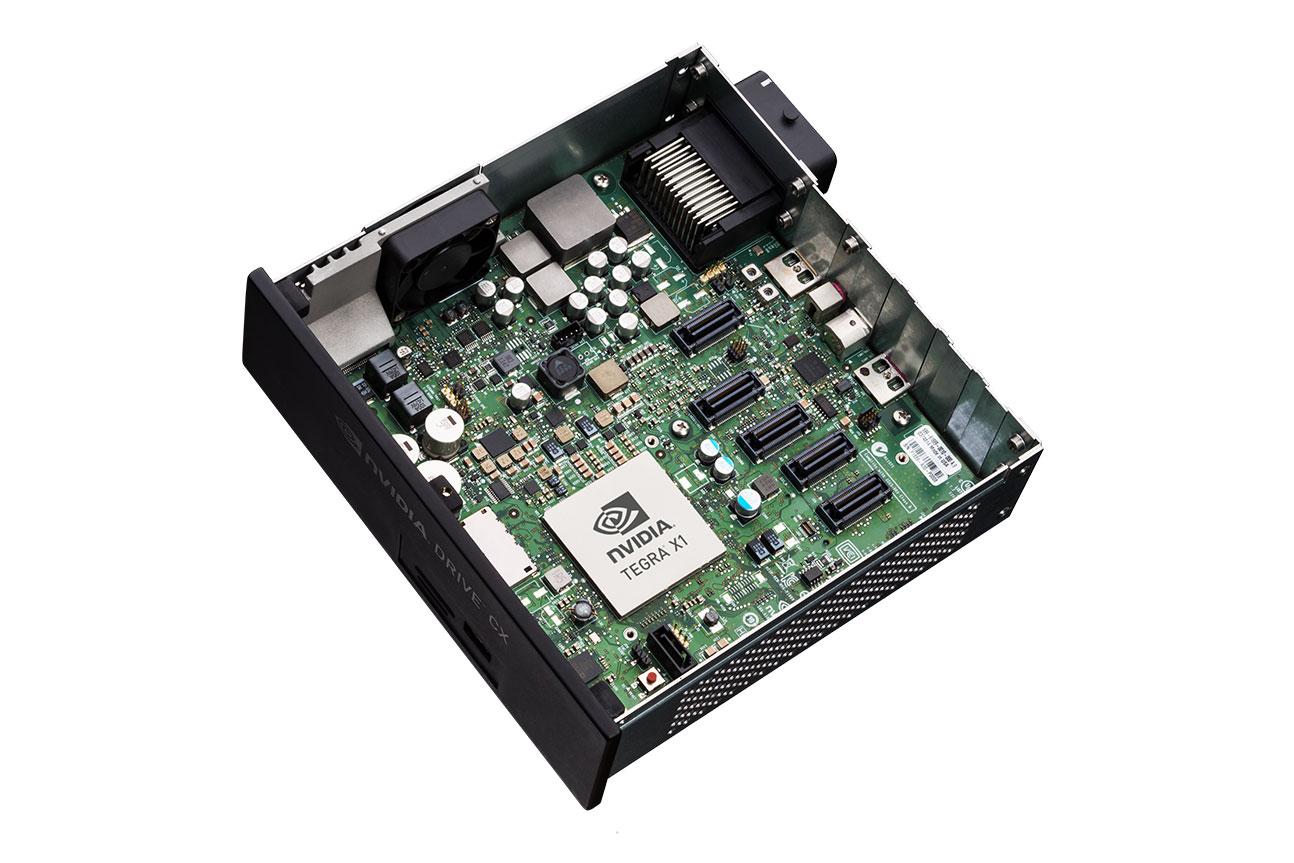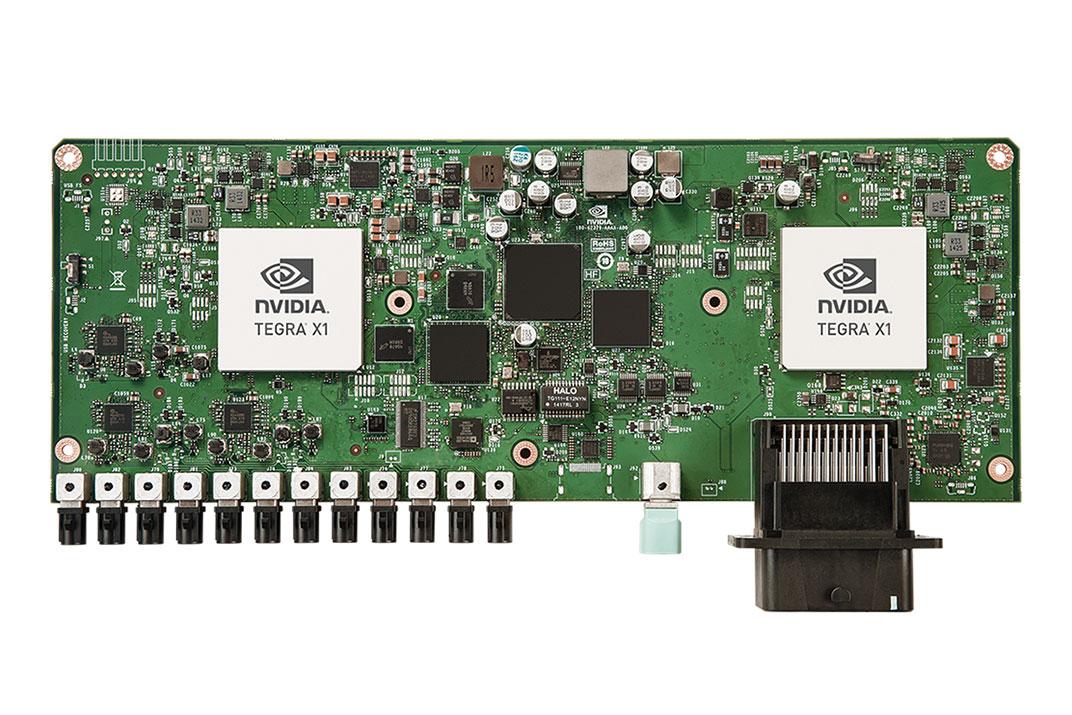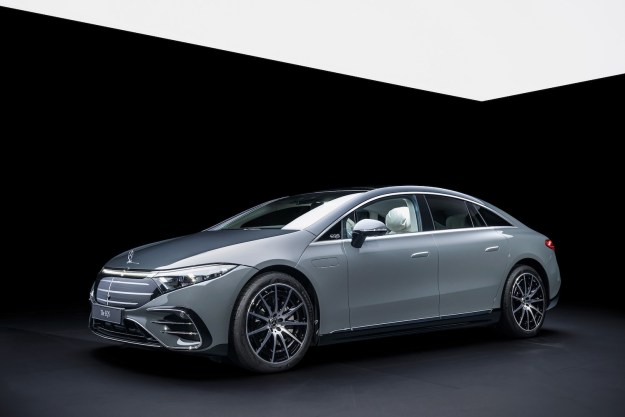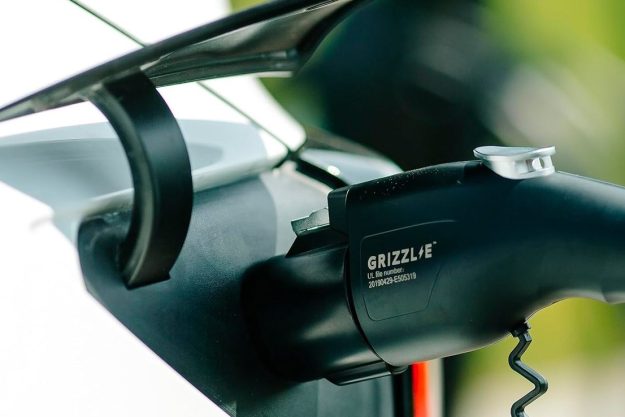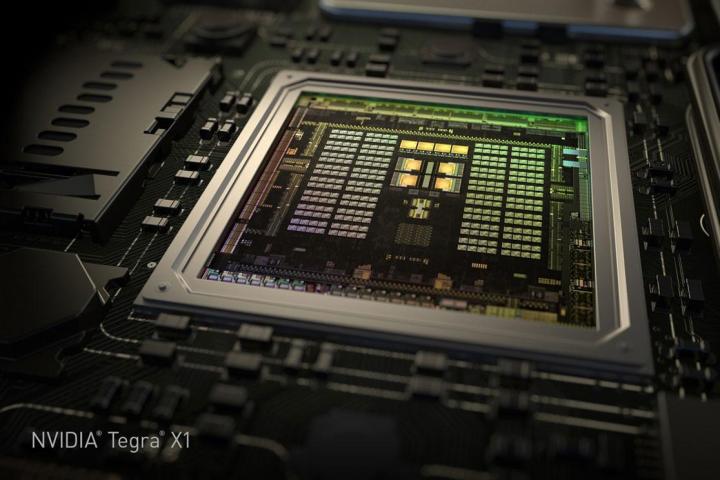
Called the Nvidia Drive PX and Drive CX, the two processors will both strengthen in-car computer vision and deep learning for advanced self-piloted driving as well as enhance digital cockpit systems.
“With vast arrays of cameras and displays, cars of the future will see and increasingly understand their surroundings,” said Jen-Hsun Huang, CEO and co-founder, Nvidia in a prepared statement. “Whether finding their way back to you from a parking spot or using situational awareness to keep out of harm’s way, future cars will do many amazing, seemingly intelligent things. Advances in computer vision, deep learning and graphics have finally put this dream within reach.”
The Drive PX chip will allow vehicles to better understand and navigate the world around them, all without human input. Specifically, the PX can better locate and identify open parking spots in crowded structures and streets. Additionally, it is adept at learning different kinds of vehicles on the roadway, from police cars to delivery vans. Responding to minute details like this will bring the computer closer to human-like reaction times.
The Drive CX, meanwhile, will work to bring virtual cockpit-style infotainment, like that on the new 2016 Audi TT, to new levels of accuracy and speed. “It also enables Surround-Vision, which provides an undistorted top-down, 360-degree view of the car in real time — solving the problem of blind spots — and can completely replace a physical mirror with a digital smart mirror,” brags Nvidia.
Not sold on the future of piloted driving? Let me put it to you this way, then: Not only could these advancements in in-car computing make daily commutes less stressful, they could make the world’s roadways infinitely safer, and also take global fleet of vehicles to new levels of efficiency, as they seek out and recognize patterns and traffic flows unseen by human eyes.

